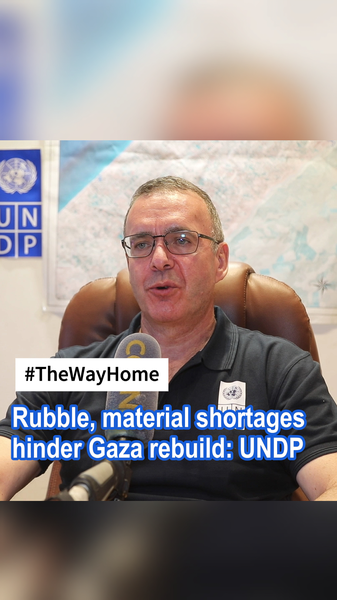Gazan residents are ready to return home. But as Jaco Cilliers, UNDP Special Representative in Gaza, warns, the region faces a daunting first step: clearing an estimated 55 million tonnes of rubble standing in the way of recovery.
“The amount of debris is staggering,” Cilliers says. “Without addressing unexploded bombs and ensuring a steady flow of construction materials, the rebuilding process could stall for years.”
Data from the UN indicates that only 30% of the required construction supplies have reached Gaza since the ceasefire, leaving families to navigate limited cement, steel, and basic tools. Every week of delay translates into more time in temporary shelters and makeshift tents.
Key hurdles include:
- Rubble Removal: 55 million tonnes of debris must be cleared to create safe building zones.
- Unexploded Ordnance: Thousands of bombs and shells remain inactive but deadly, requiring specialized teams to neutralize them.
- Material Shortages: Restricted access to cement, steel, and glass is slowing construction projects and driving up costs.
For young global citizens, Gaza’s story is a call to action: advocate for humanitarian corridors and innovative rebuilding methods. Tech enthusiasts might explore 3D-printed housing or modular solutions. Travelers and digital nomads can support relief groups on the ground. Thought leaders and changemakers can keep pushing for policy changes that open access to critical resources.
By keeping the global spotlight on Gaza’s rebuild, we can help turn rubble into hope—and bring thousands of families one step closer to reclaiming their homes.
Reference(s):
cgtn.com




